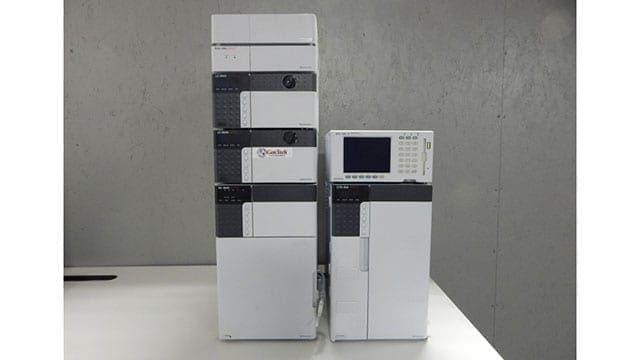JAPAN – The International Atomic Energy Agency (IAEA) has increased its capability towards carrying out tests for contaminants to help countries after receiving sophisticated detection equipment that was donated by Japanese manufacturer Shimadzu Corporation.
The IAEA, the world’s foremost intergovernmental forum for scientific and technical co-operation, plans to use the new machine to train scientists from laboratories all over the world in applying state-of-the-art analytical methods to test for contaminants, such as pesticides and veterinary drug residues, in basic food products.
The equipment will also support IAEA research on reliable methods to confirm the origin of – and test for adulteration in – food.
“The Agency supports food safety laboratories in Africa, Asia, the Pacific, and Latin America and the demand for these services is growing, so this donation is very welcome,” IAEA Director General Yukiya Amano said.
IAEA Director Amano and Shimadzu Chairman Akira Nakamoto signed a Memorandum of Cooperation in the area of food safety research.
From the agreement, the IAEA is set to receive the mass spectrometry equipment, together with technical support for method development, under its Peaceful Uses Initiative (PUI).
The equipment will also be used in the renovation of the IAEA’s nuclear applications laboratories Seibersdorf, Austria, in a project called ReNuAL+.
“Shimadzu has a philosophy of contributing to society through science and technology, and we wish to contribute to the advancement of global health and well-being by donating to the IAEA the equipment to support research and training in this area,” said Nakamoto.
The IAEA helps countries to develop and adopt nuclear and nuclear-related techniques for the control of contaminants in food – also including antibiotics and potentially toxic chemicals – in order to increase countries’ capacity to apply regulations on foodstuffs.
As the first private sector in-kind contribution of equipment the IAEA has received while under PUI, the donated machine can test for multiple contaminants in food samples simultaneously, and is a key analytical tool for laboratories that are concerned with safety.
Food and contaminations can be highly dangerous to public health, which is why advanced research laboratories have been improved to have the ability to detect different types of fraud and contamination in food relatively quickly.











